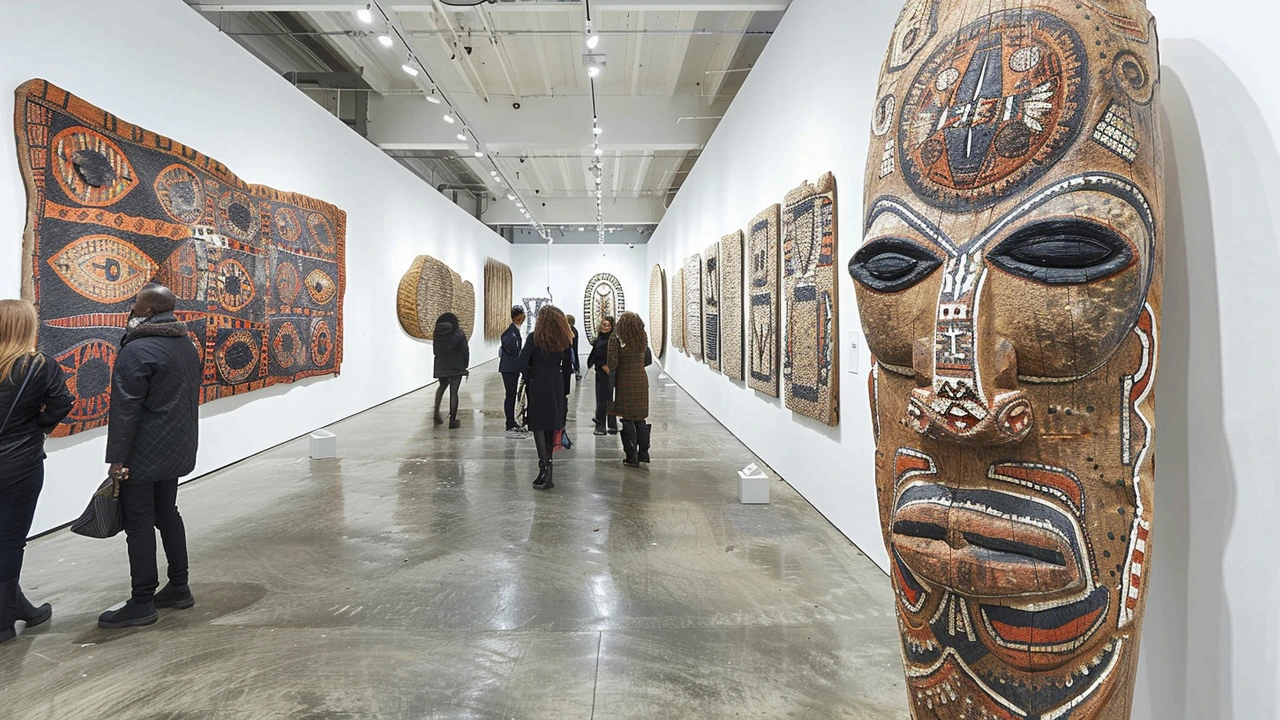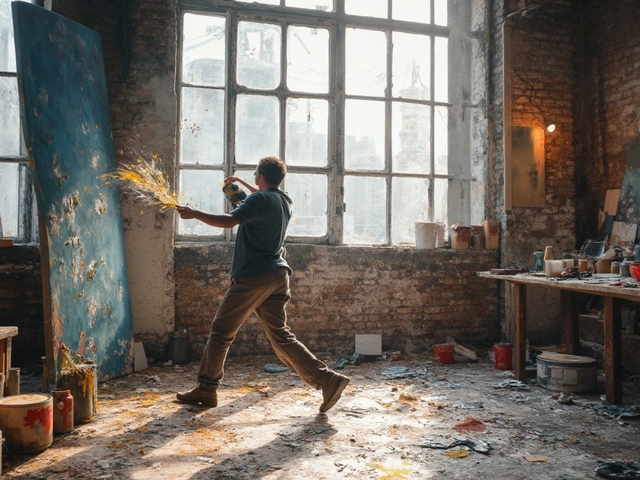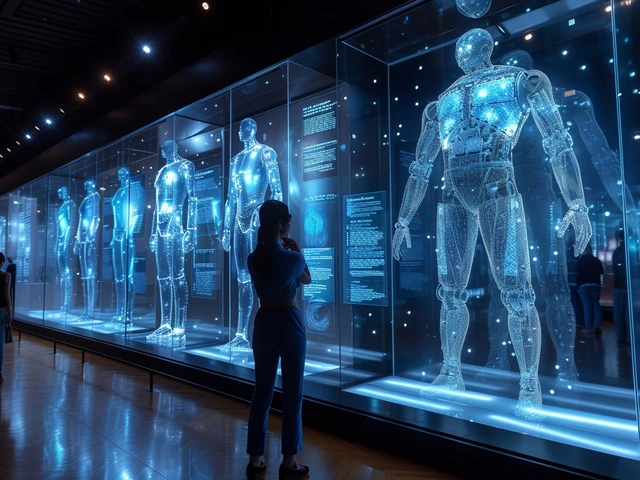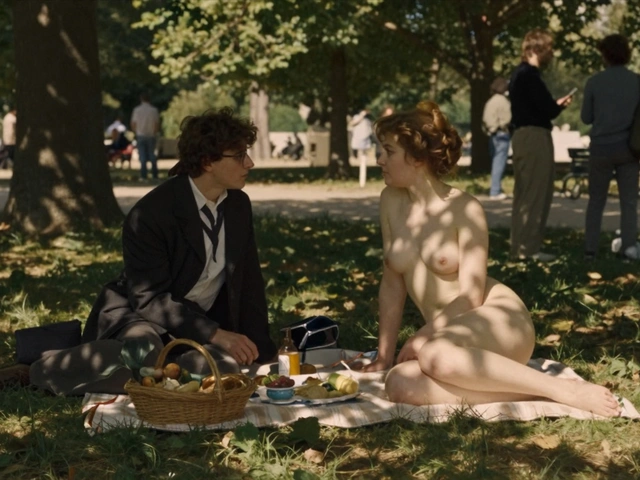Understanding Primitivism in Contemporary Art
Primitivism, which was once a powerful force in the early 20th century with icons like Picasso and Gauguin drawing heavily from non-Western and tribal art, has witnessed a captivating revival in today's art scene. The allure of primitivism lies in its raw emotional intensity and the simplicity of forms that challenge the conventional aesthetic norms of the western art canon. This revival is not merely about replicating past styles but involves a profound re-interpretation of the principal elements of primitivism to comment on modern issues.
Modern primitivism, as seen in recent exhibitions and gallery collections, uses bold, unsophisticated imagery and techniques to communicate complex themes such as globalization, identity, and the environment. For instance, artists like Mawuena Kattah are infusing traditional African textile patterns with contemporary motifs to create captivating dialogues between the old and the new. This synthesis of past and present elements is a distinctive characteristic of the new wave of primitivism, making it relevant and engaging for today's audience.
The reemergence of primitivist trends also mirrors a broader cultural engagement with more organic, sustainable, and authentic life experiences in response to the perceived alienation and fragmentation brought about by modern digital life. For many, this art form provides a spiritual and cultural grounding, perceived as a counterbalance to the fast-paced, technology-driven world. This approach often emphasizes handmade over mass-produced, highlighting the individual artist’s touch and presence in each piece.
Additionally, the educational aspect of primitivism plays a significant role in its resurgence. Workshops and art classes focusing on primitive art techniques such as pottery, weaving, and wood-carving attract participants eager to connect with crafts that have a history of communal and spiritual value. These learning experiences emphasize the process over the product, a key tenet of primitivist ideology, where the act of creation is as valued as the creation itself.
Impact and Reception in the Modern Art Community
The impact of this revival is palpable across various channels in the art community. Critics and scholars debate the authenticity and ethical dimensions of modern primitivist art, particularly when artists borrow heavily from cultures that are not their own. This conversation brings to light important questions about cultural appropriation versus appreciation, an issue that resonates with a significant number of contemporary dialogues surrounding art.
Artists advocating for primitivism today are often involved in social and political activism, using their art as a platform to express and incite discussions about global inequality, cultural erasure, and environmental concerns. Their work tends to celebrate cultural diversity and often serves as a critique of the homogenizing effects of globalization. These thematic underpinnings make primitivist art quite powerful as a form of sociopolitical commentary.
From a commercial perspective, the brisk interest in primitivist artworks has also led to a peculiar situation within the art market. Pieces that exhibit primitive characteristics tend to draw immense interest at art fairs and auctions, suggesting a vigorous marketability that may influence future artistic trends. However, this commercial success brings with it the danger of diluting the profound cultural and historical significances such pieces represent, a concern that is often discussed among ethical collectors and curators.
Public reception of modern primitivism varies widely. Some view it as a refreshing return to the roots, a necessary reminder of the intrinsic human capabilities and inspirations that transcend modern technological advancements. Others, however, might regard it with skepticism, perceiving it as a backward step in the evolutionary narrative of art. Regardless, it’s clear that primitivism has opened up a rich field of artistic exploration that defies straightforward categorization and continues to challenge the boundaries of contemporary art.
To this end, gatherings like art symposiums, panel discussions, and university courses are increasingly incorporating topics related to primitivism, ensuring that the discourse evolves and expands, much like the art form itself. This sustained interest highlights primitivism’s significant role in shaping and reflecting contemporary artistic and cultural landscapes, pointing to a future where history and modernity continue to intersect in visually and conceptually innovative ways.




